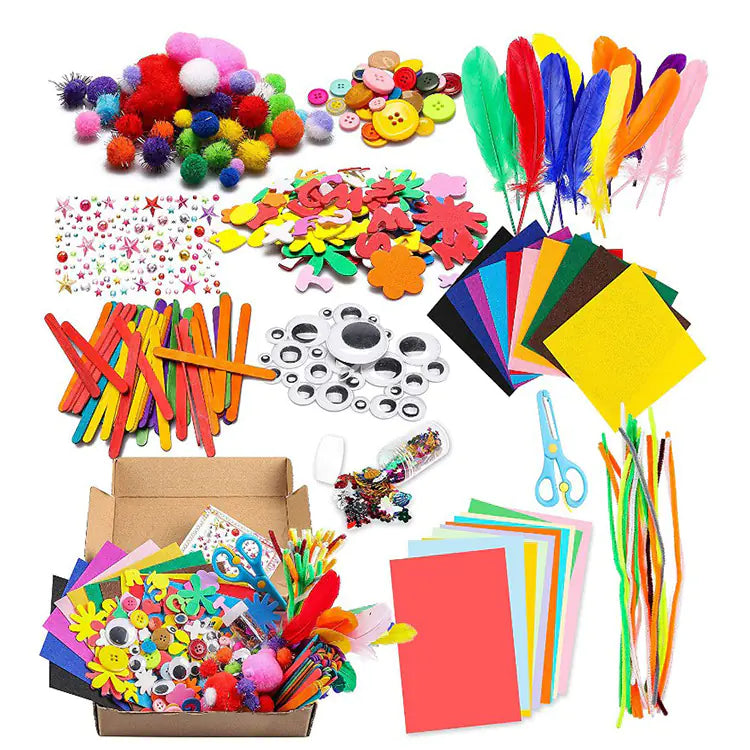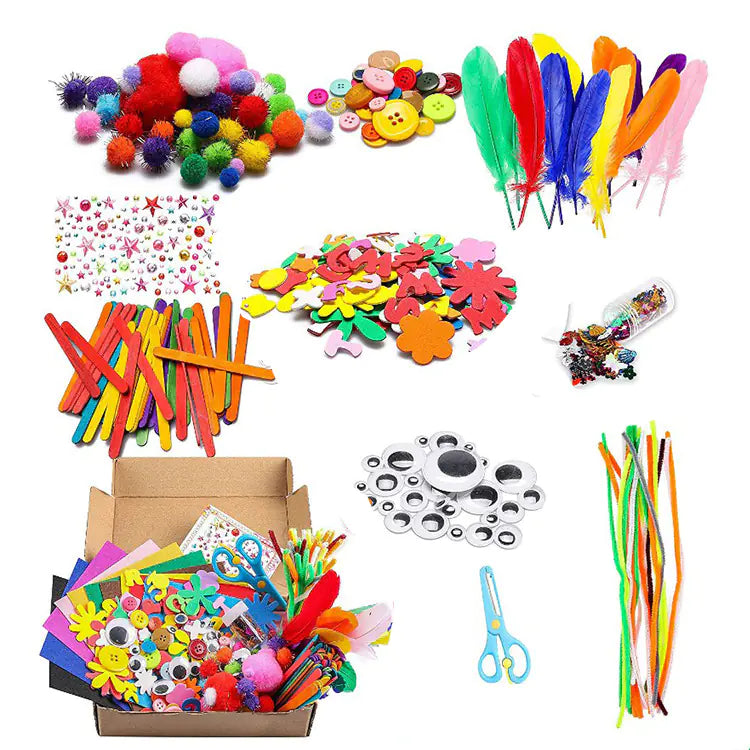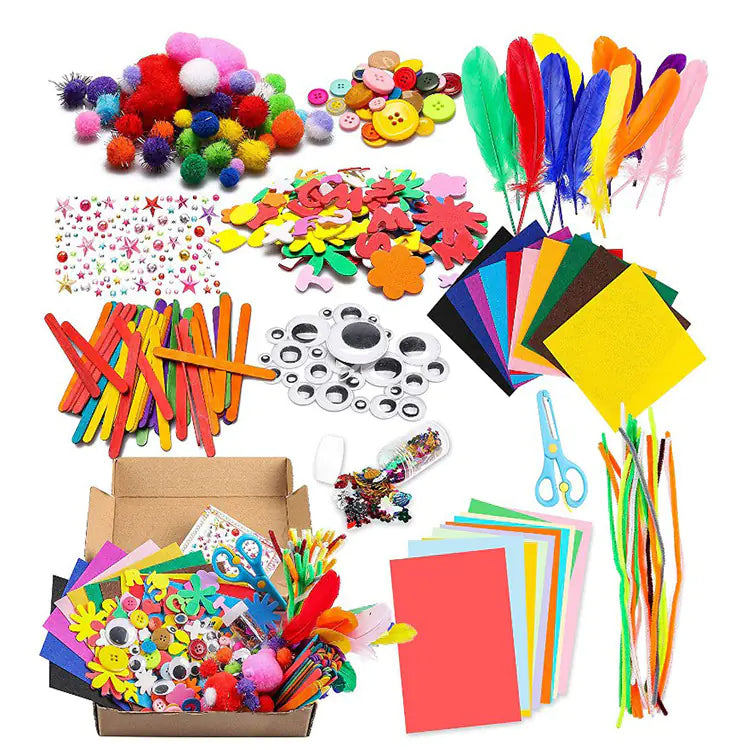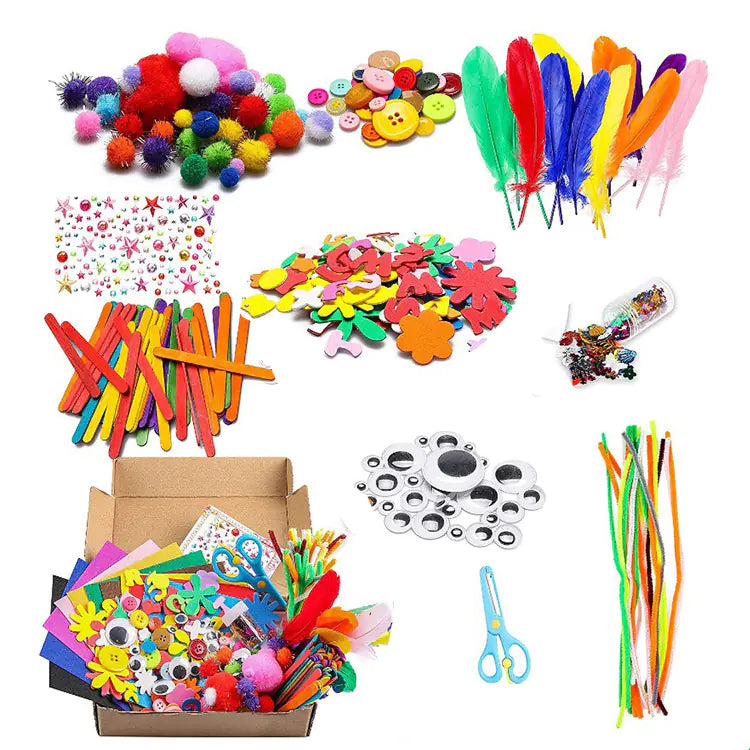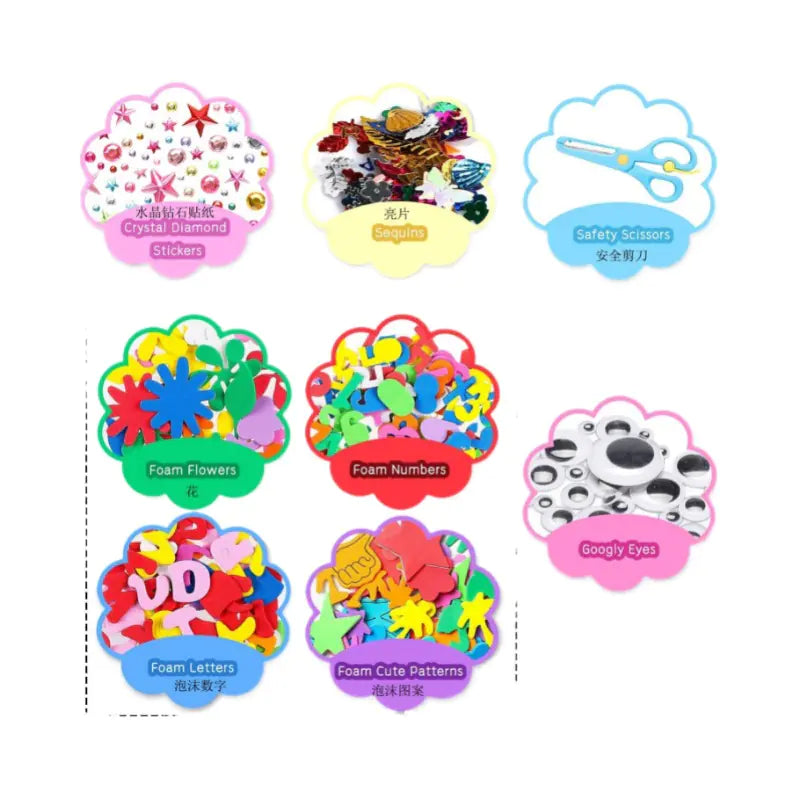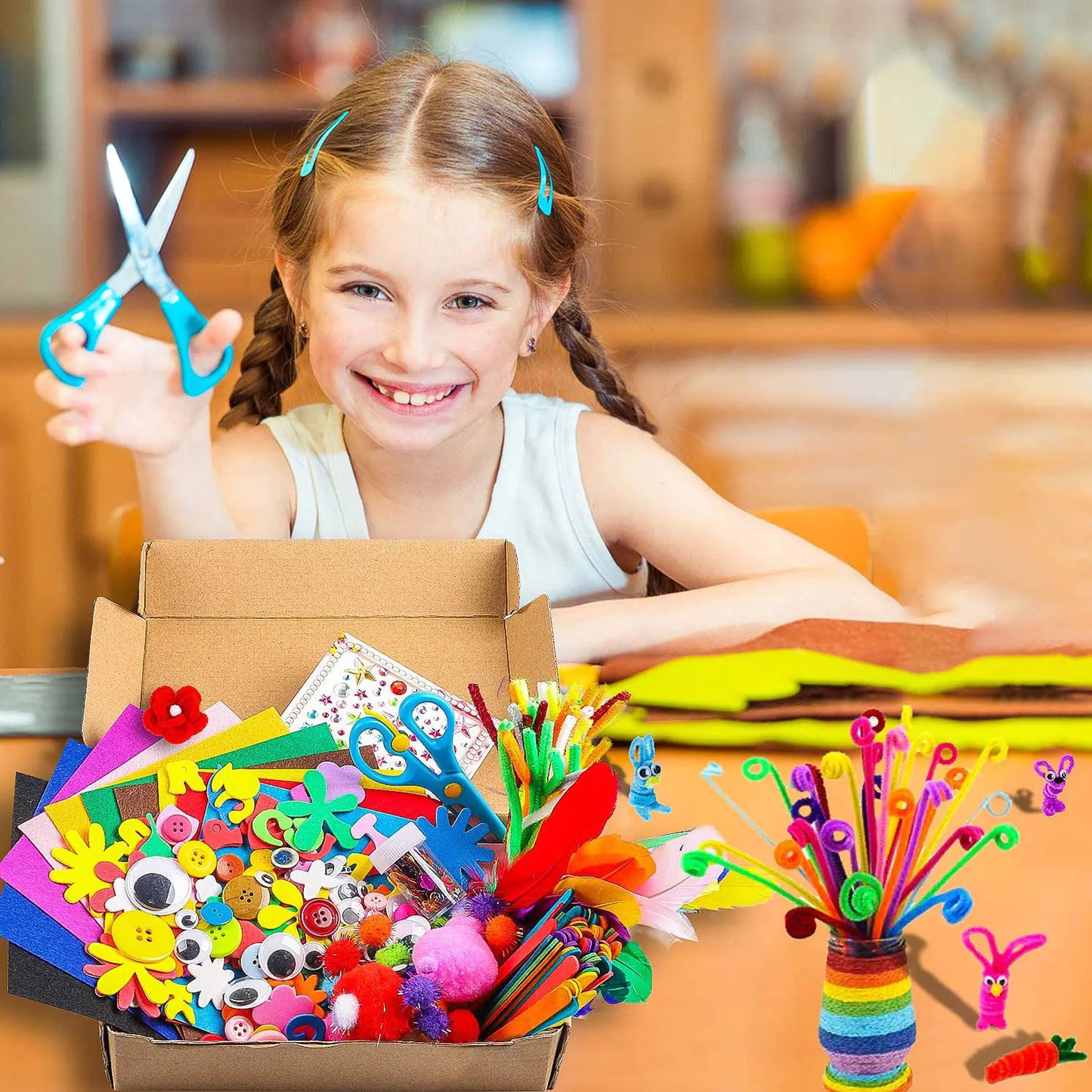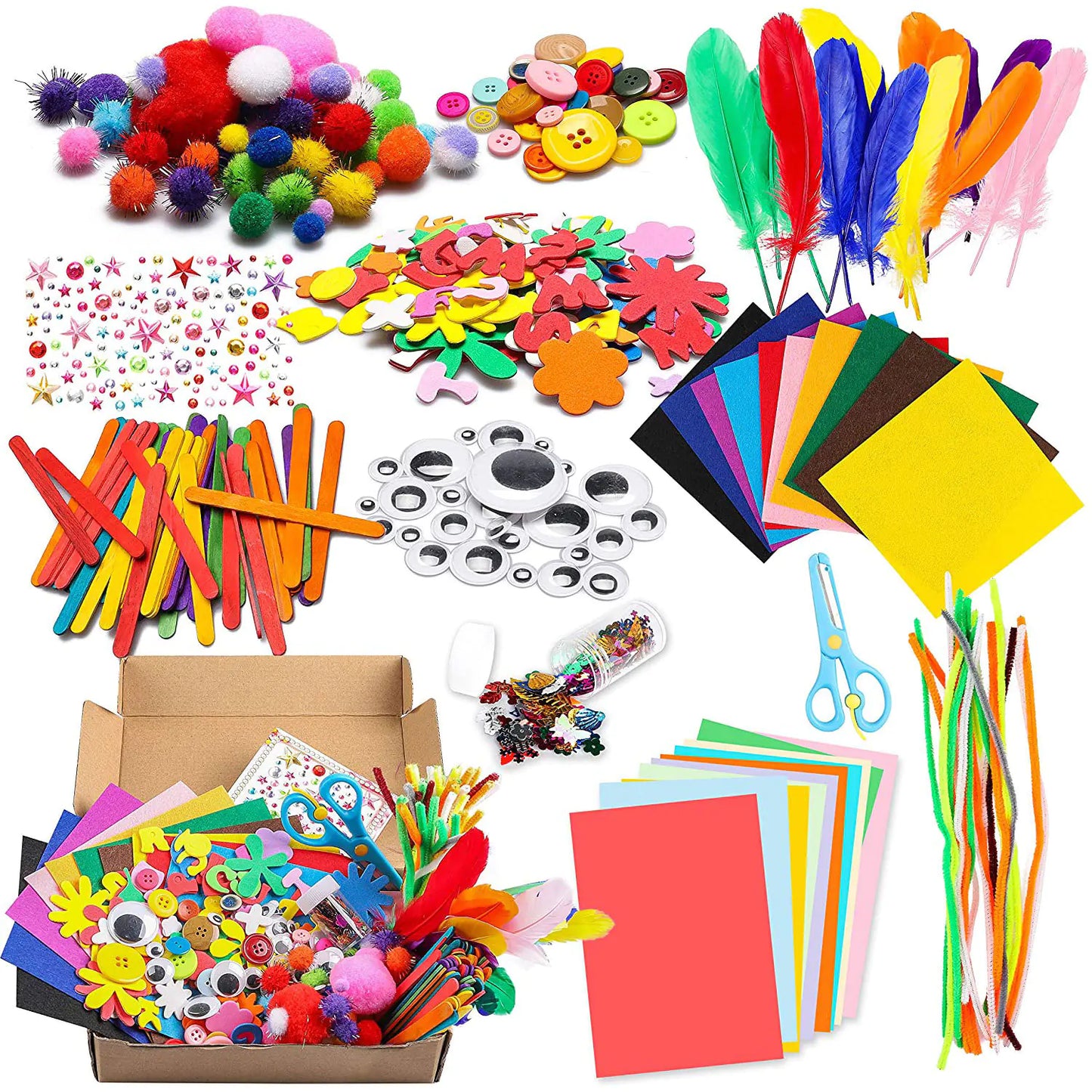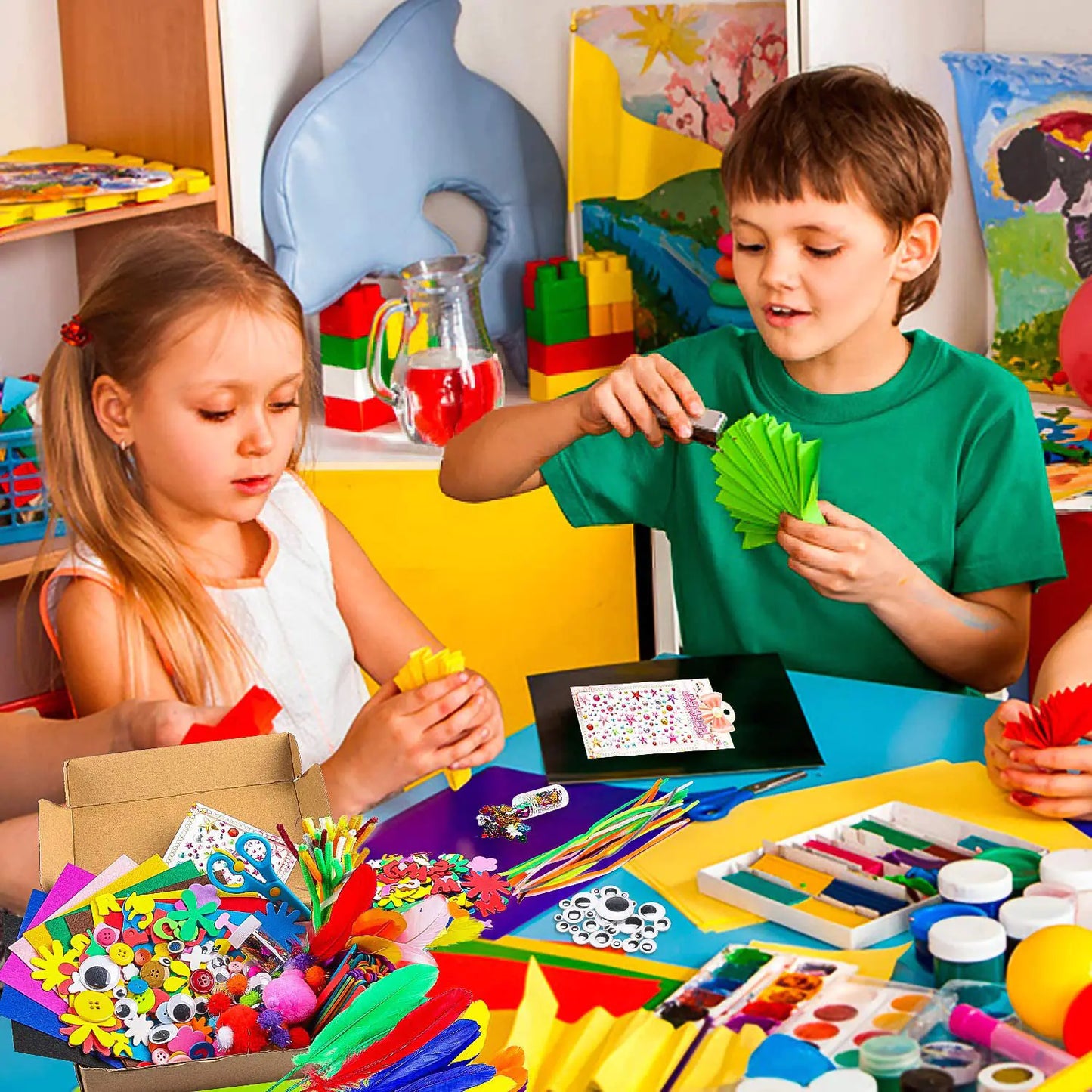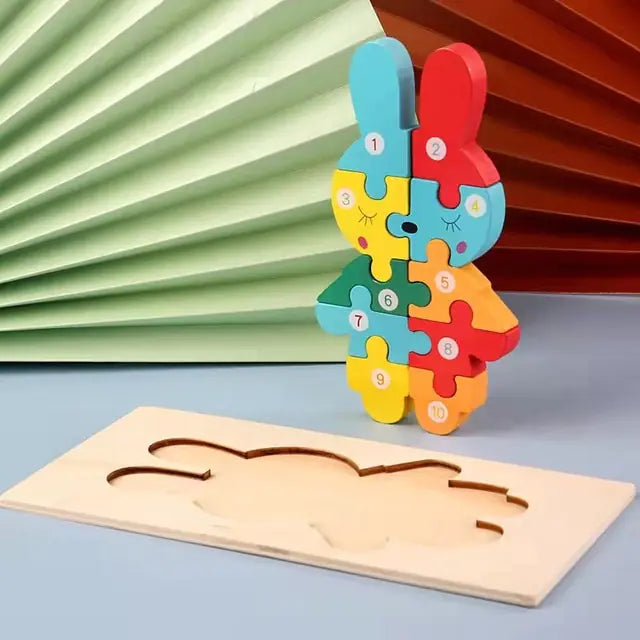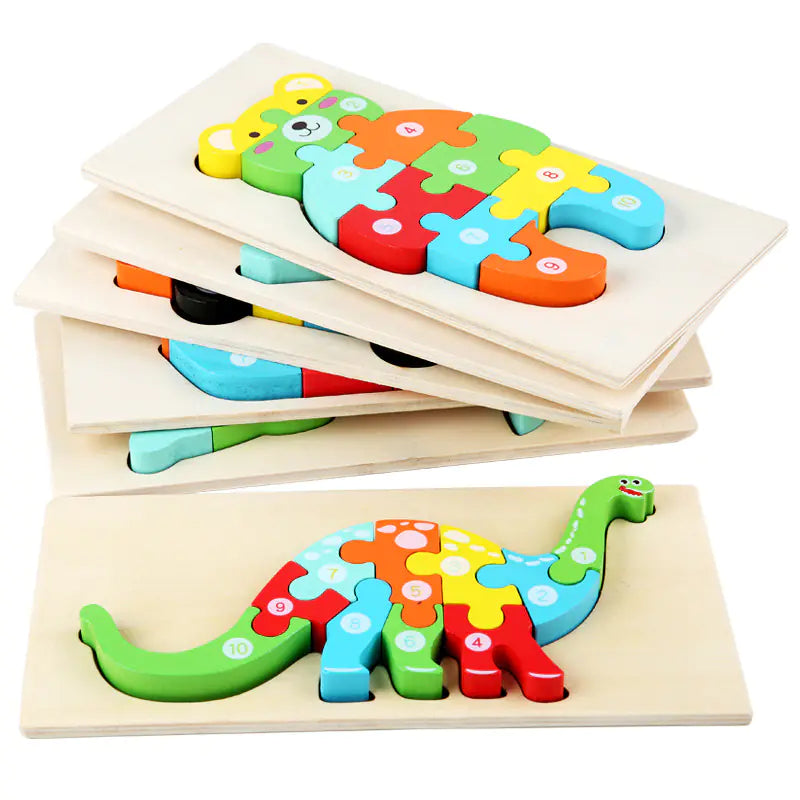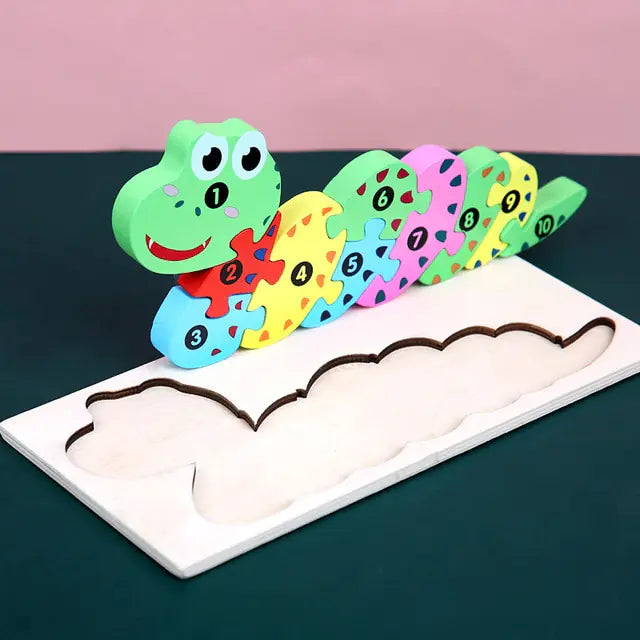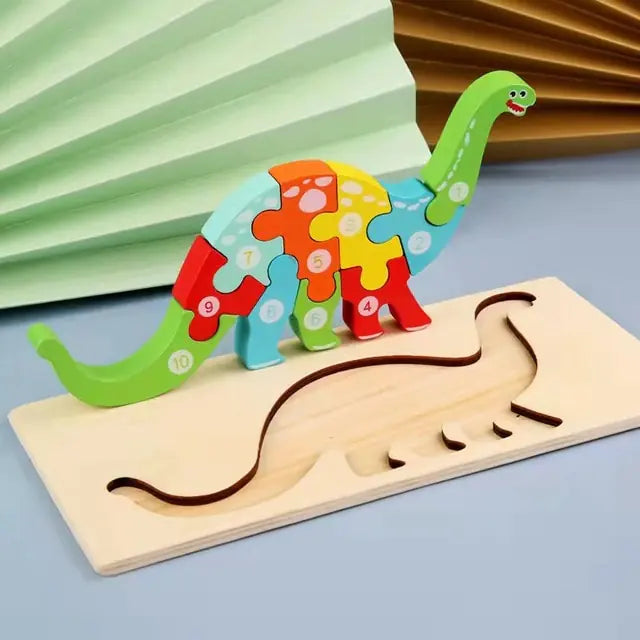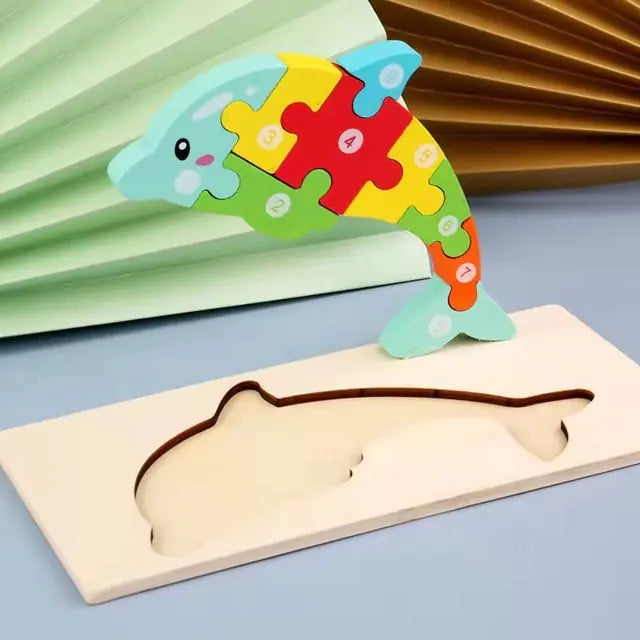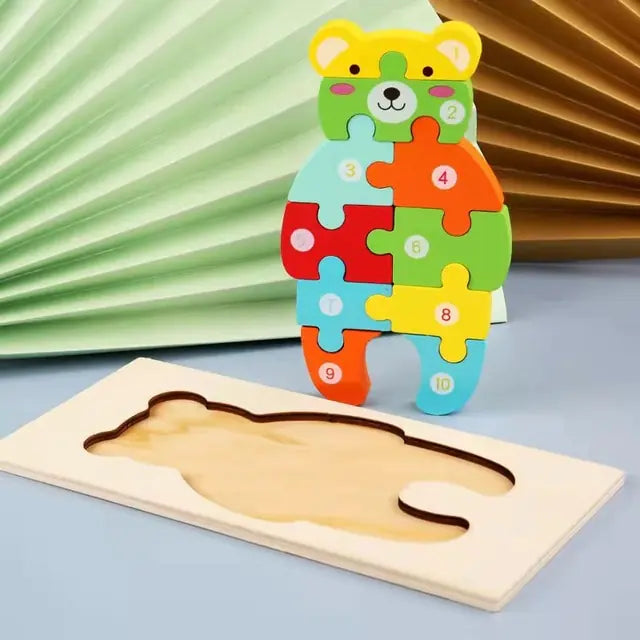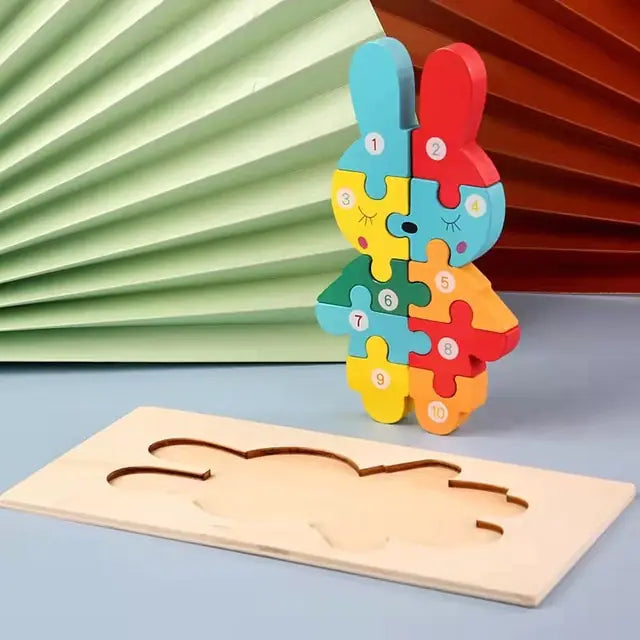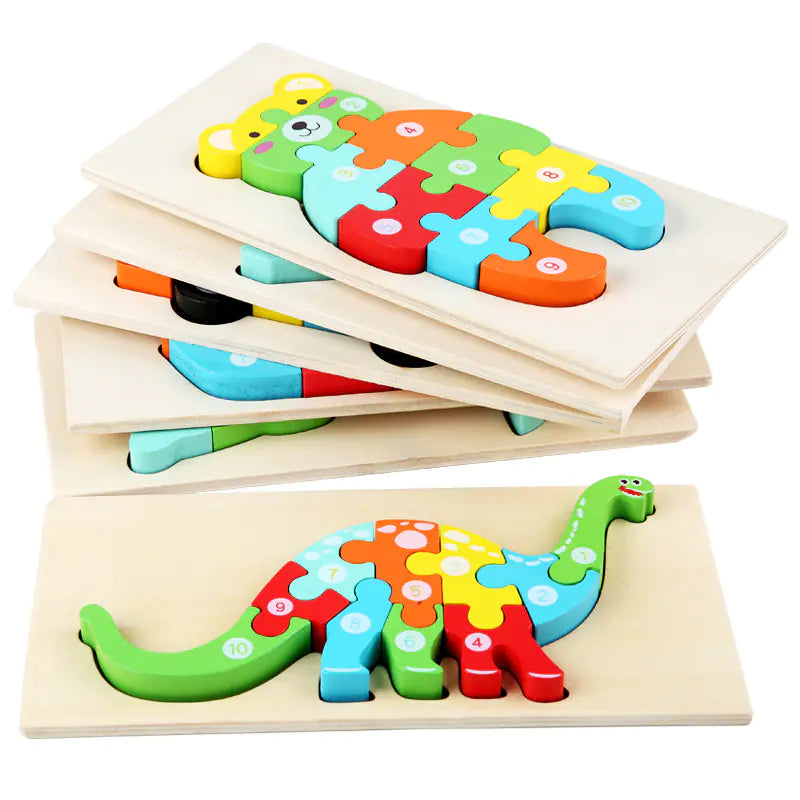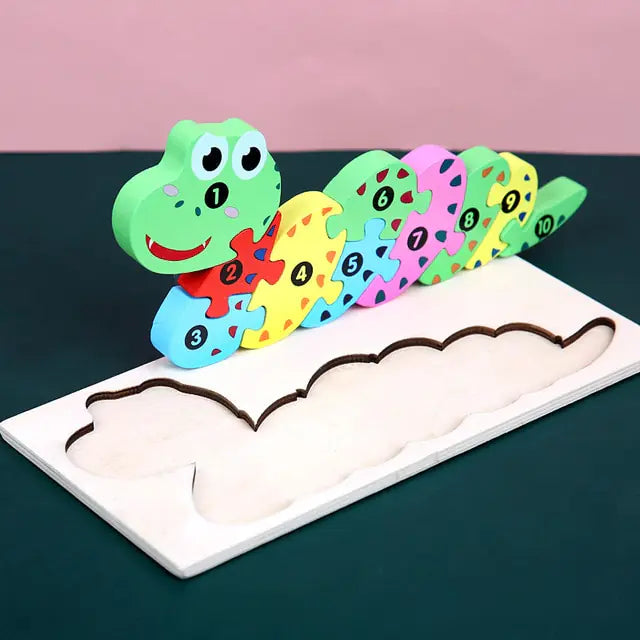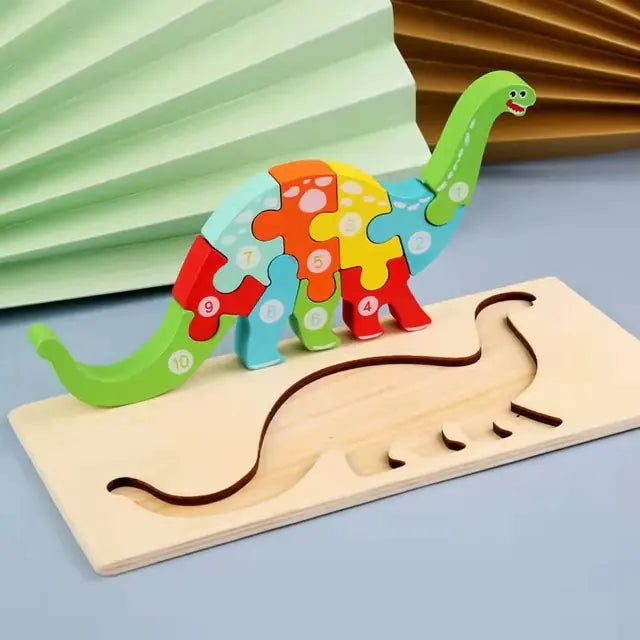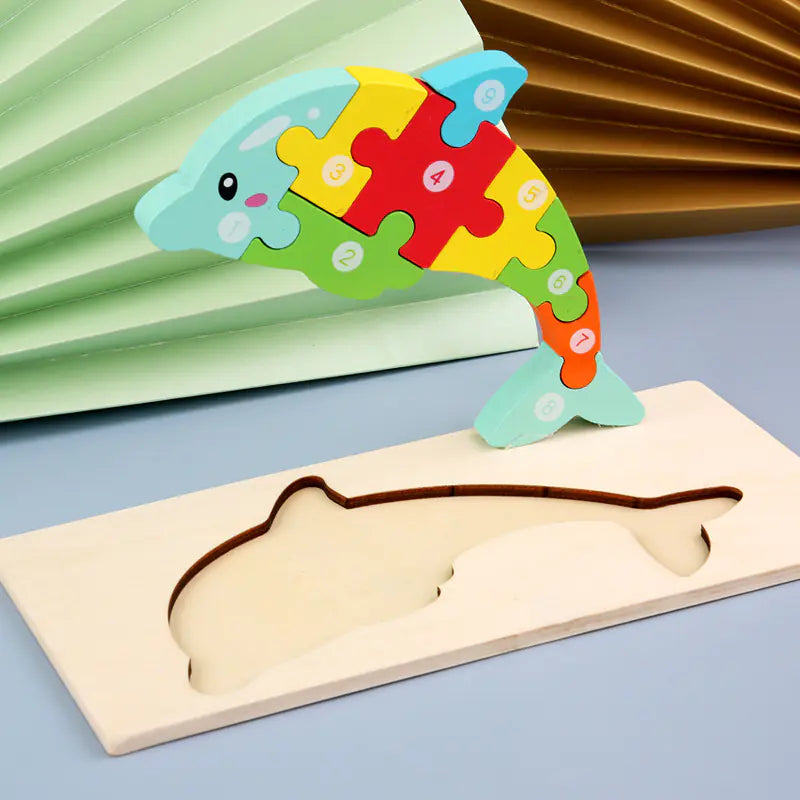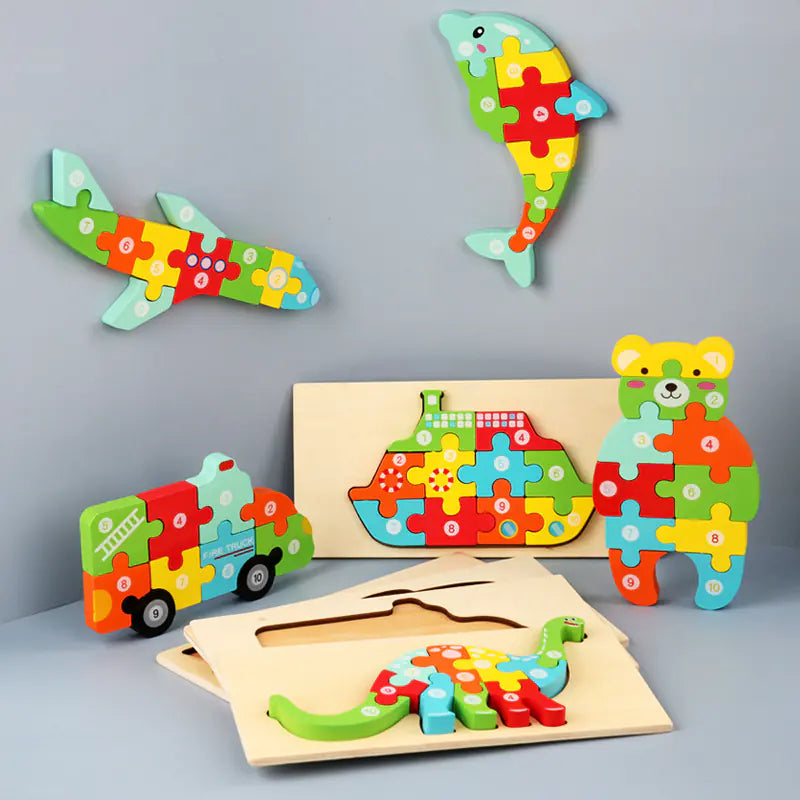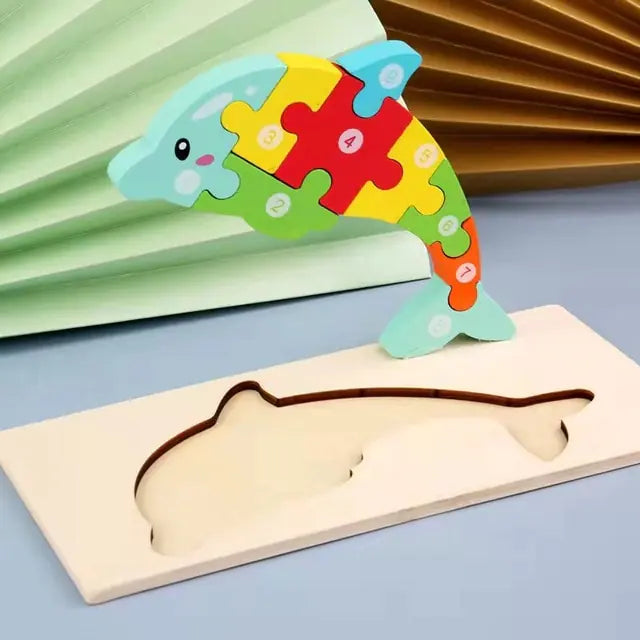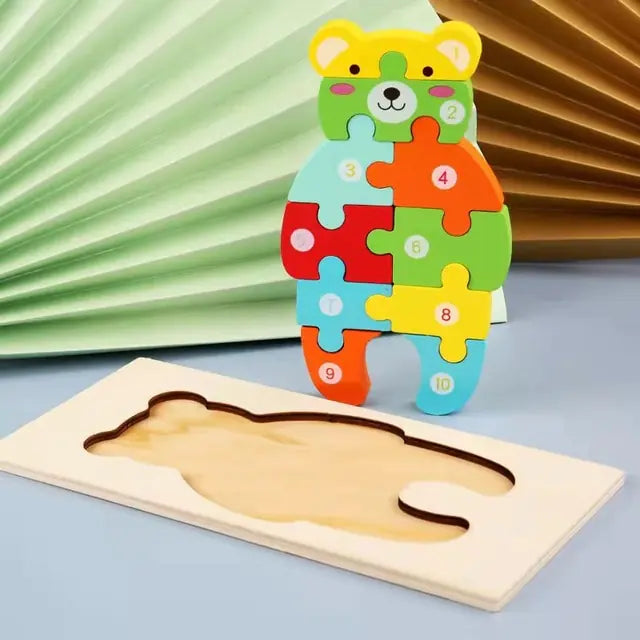Navigating the world of educational toys for bilingual children can be as exhilarating as it is essential. The right toys not only engage young minds but also foster language development in a fun and interactive environment. This article delves into a variety of toys designed to support the growth of bilingual chatterboxes and brainiacs, from Spanish-English flashcards to Arabic talking toys and Chinese character games. We'll explore how these toys can create a language-rich environment that encourages children to learn and use multiple languages from an early age.
Key Takeaways
- Bilingual learning toys significantly enhance cognitive skills and cultural awareness in children.
- These toys make learning fun and engaging, encouraging children to explore new languages.
- Selecting age-appropriate and safe toys is crucial for maximizing educational value.
- Parents play a vital role in integrating bilingual toys into daily routines and tracking progress.
- Innovative toys like electronic learning devices and augmented reality games offer modern solutions for bilingual education.
Why Bi-lingual Learning Toys for Children Are a Game Changer

Boosting Cognitive Skills
When it comes to cognitive development, bi-lingual learning toys are a real game changer. These toys help children develop critical thinking and problem-solving skills by exposing them to multiple languages. Research shows that bilingual children often outperform their monolingual peers in various cognitive tasks. This is because learning two languages enhances brain flexibility and executive function.
Enhancing Cultural Awareness
Bi-lingual toys do more than just teach language; they also introduce children to different cultures. This early exposure helps kids develop a broader worldview and fosters empathy and understanding. Imagine your child learning Spanish through a toy that also teaches about Mexican traditions and holidays. It's a fun and engaging way to make them more culturally aware.
Making Learning Fun
Let's face it, kids learn best when they're having fun. Bi-lingual learning toys are designed to be interactive and engaging, making the learning process enjoyable. From Spanish-English flashcards to interactive Arabic robots, these toys turn language learning into a playful adventure. The more fun your child has, the more likely they are to stick with it and continue learning.
Top Picks: Must-Have Bi-lingual Learning Toys

Navigating the world of educational toys for bilingual children can be as exhilarating as it is essential. The right toys not only engage young minds but also foster language development in a fun and interactive environment. Here are some top picks that can help your child become a bilingual chatterbox and brainiac.
Spanish-English Flashcards
Spanish-English flashcards are a fantastic way to introduce your child to a new language. These cards are designed to be engaging and educational, making vocabulary building a breeze. Flashcards are critical tools for vocabulary building and language reinforcement. Plus, they are portable, so you can take them anywhere!
Interactive Arabic Robots
Interactive Arabic robots are more than just toys; they are learning companions. These robots can speak, sing, and even tell stories in Arabic, making language learning interactive and fun. Interactive features keep children engaged and make learning a new language feel like playtime.
Chinese Character Games
Chinese character games are perfect for kids who are visual learners. These games use colorful characters and fun activities to teach children how to read and write in Chinese. The visual and interactive elements make it easier for kids to remember and recognize Chinese characters.
Dive into 'The Bilingual Toy Chest' and discover a world where play meets language learning. Our carefully curated selection of toys is designed to unlock your child's linguistic potential while they have fun. From puzzles that challenge the mind to games that encourage language development, each item in our collection is a treasure waiting to be unboxed. Don't miss out on the opportunity to give your child the gift of bilingual play.
How Bi-lingual Toys Boost Brain Development

Navigating the world of educational toys for bilingual children can be as exhilarating as it is essential. The right toys not only engage young minds but also foster language development in a fun and interactive environment. This article delves into a variety of toys designed to support the growth of bilingual chatterboxes and brainiacs, from Spanish-English flashcards to Arabic talking robots.
Choosing the Right Bi-lingual Learning Toys for Your Child

When selecting bi-lingual learning toys, it's crucial to consider your child's age. Toys designed for toddlers will differ significantly from those meant for school-aged children. For instance, Spanish-English flashcards are perfect for preschoolers, while interactive robots might be more suitable for older kids. Always check the recommended age range on the packaging to ensure the toy is appropriate for your child's developmental stage.
Safety should always be a top priority. Look for toys made from non-toxic materials and ensure there are no small parts that could pose a choking hazard. Durability is also essential, especially for younger children who might be a bit rough with their toys. Opt for well-constructed items that can withstand some wear and tear.
The primary goal of bi-lingual learning toys is to enhance language skills. Choose toys that offer a good balance of fun and education. Interactive toys that engage multiple senses can be particularly effective. For example, a toy that speaks in both languages or one that incorporates music and visuals can make learning more engaging and effective.
Remember, the best bi-lingual learning toys are those that your child enjoys playing with. If they love the toy, they'll be more likely to use it and, in turn, learn from it.
Creating a Language-Rich Environment at Home

Incorporating Toys into Daily Routine
One of the easiest ways to create a language-rich environment is by incorporating bi-lingual toys into your child's daily routine. Whether it's during playtime, bath time, or even while eating, these toys can make language learning a seamless part of everyday life. Consistency is key—the more your child interacts with these toys, the more natural language learning will become.
Using Books and Media
Books and media are fantastic tools for language acquisition. Fill your home with bi-lingual books, magazines, and even educational shows. Watching a show together and discussing the scenes can be both fun and educational. Music is another great medium; songs in different languages can make learning feel like play.
Interactive Playtime Tips
Interactive playtime is crucial for language development. Engage with your child using bi-lingual toys and encourage them to express themselves in both languages. Here are some tips:
- Label objects around the house in both languages.
- Use flashcards to make learning new words a game.
- Encourage storytelling using bi-lingual storybooks.
Remember, the goal is to make language learning as natural and enjoyable as possible. The more fun your child has, the more they'll want to engage and learn.
The Role of Parents in Bi-lingual Learning

As a parent, your involvement is crucial in your child's bi-lingual learning journey. Engaging with your child in both languages can make a significant difference. Simple activities like reading bilingual books together or playing language-based games can be both fun and educational. The key is to make language learning a natural part of your daily routine.
Setting clear and achievable language goals can help keep your child motivated. Whether it's learning a certain number of new words each week or being able to hold a basic conversation, having goals gives your child something to strive for. Make sure to celebrate their achievements, no matter how small, to keep the momentum going.
Keeping track of your child's progress is essential for understanding what works and what needs improvement. You can use a simple chart or a dedicated app to monitor their vocabulary growth, comprehension skills, and speaking abilities. This not only helps you stay informed but also allows your child to see their own progress, which can be incredibly motivating.
Remember, the goal is to create a supportive and enriching environment where your child feels encouraged to explore and learn both languages. Your active participation can make all the difference in their success.
Innovative Bi-lingual Toys for Modern Kids

Electronic Learning Devices
Electronic learning devices are a fantastic way to engage kids in bilingual education. These gadgets often come with interactive screens, audio features, and engaging activities that make learning a new language feel like a game. Kids love the instant feedback and rewards, which keeps them motivated and eager to learn more. Plus, many of these devices are portable, making them perfect for on-the-go learning.
Augmented Reality Games
Augmented reality (AR) games take bilingual learning to the next level by blending the digital and physical worlds. Imagine your child pointing a tablet at a flashcard and seeing a 3D object pop up, complete with audio pronunciation in both languages. This immersive experience not only makes learning fun but also helps kids retain information better. AR games are a hit among tech-savvy kids and can make language learning an exciting adventure.
Smart Toys with AI
Smart toys equipped with artificial intelligence (AI) are revolutionizing the way kids learn languages. These toys can adapt to your child's learning pace, provide personalized feedback, and even hold simple conversations in multiple languages. The interactive nature of AI toys makes them incredibly engaging, and they can be a great tool for reinforcing language skills learned in school or at home.
Investing in innovative bilingual toys can make a significant difference in your child's language development journey. These modern tools not only make learning more enjoyable but also more effective.
The Science Behind Bi-lingual Learning

When kids learn two languages, their brains get a serious workout. Studies show that bilingual children have better problem-solving skills and enhanced memory compared to their monolingual peers. This is because juggling two languages requires more mental flexibility and cognitive control.
Bilingual kids often outperform their peers in various academic disciplines. From math to reading comprehension, the benefits are clear. Engaging in bilingual education can give your child a head start in school and beyond.
Learning a second language also boosts social and emotional skills. Kids become more empathetic and better at understanding different perspectives. This can lead to stronger friendships and a more inclusive outlook on life.
Embracing bilingualism early on sets the stage for lifelong learning and adaptability. It's not just about language; it's about opening doors to new cultures and ways of thinking.
Real-Life Success Stories: Kids Thriving with Bi-lingual Toys

Navigating the world of educational toys for bilingual children can be as exhilarating as it is essential. The right toys not only engage young minds but also foster language development in a fun and interactive environment. This article delves into a variety of toys designed to support the growth of bilingual chatterboxes and brainiacs, from Spanish-English flashcards to Arabic talking robots.
Parents' Testimonials
I've heard from so many parents who rave about how bilingual toys have transformed their kids' learning experiences. One mom shared how her daughter, who was initially shy about speaking Spanish, now confidently chats away with her Spanish-English flashcards. Another dad mentioned that his son’s vocabulary has expanded significantly thanks to interactive Arabic robots. These toys are not just playthings; they are powerful educational tools.
Teachers' Observations
Teachers have also noticed remarkable improvements in students who use bilingual learning toys. One teacher observed that her students who played with Chinese character games showed better retention and understanding of the language. Another teacher pointed out that these toys help in navigating childhood fun: educational toys vs traditional toys - impact on language acquisition and emotional intelligence in children through play. Selecting toys that educate and delight shapes their futures.
Kids' Feedback
And let's not forget the kids! They absolutely love these toys. One young learner said that using bilingual toys makes learning feel like a game rather than a chore. Another child mentioned that the toys make it easier to remember new words and phrases. It's clear that these toys are making a big difference in their educational journeys.
The impact of bilingual toys on children's language development and emotional intelligence is truly remarkable. They are not just toys; they are gateways to a brighter future.
Bi-lingual Learning Toys for Different Age Groups

Toddlers and Preschoolers
Navigating the world of educational toys for bilingual children can be as exhilarating as it is essential. For toddlers and preschoolers, the right toys not only engage young minds but also foster language development in a fun and interactive environment. Spanish-English flashcards and bilingual learning magnetic tiles are highly recommended for this age group. These toys are critical tools for vocabulary building and language reinforcement.
School-Aged Children
As children grow, their learning needs evolve. School-aged children benefit from more complex toys like bilingual puzzles and interactive storybooks. These toys challenge their minds and encourage language development. The design and material of these toys are as important as their educational value, with child-safe, durable, and interactive features being key for effective learning.
Tweens and Teens
For tweens and teens, the focus shifts to more advanced language skills and cultural awareness. Electronic learning devices and augmented reality games can make language learning exciting and relevant. These toys not only support language acquisition but also enhance problem-solving skills and creativity. Creating a home environment filled with language-based toys, books, and media can significantly enhance a child's bilingual capabilities.
Dive into 'The Bilingual Toy Chest' and discover a world where play meets language learning. Our carefully curated selection of toys is designed to unlock your child's linguistic potential while they have fun.
DIY Bi-lingual Learning Activities

Homemade Flashcards
Creating your own bilingual flashcards is a fantastic way to personalize your child's learning experience. You can use index cards and colorful markers to write words in both languages. This activity not only helps with vocabulary building but also allows you to tailor the content to your child's interests. Plus, it's a fun craft project you can do together!
Bilingual Storytelling
Storytime is a magical part of any child's day, and adding a bilingual twist can make it even more enriching. Choose a favorite story and read it in both languages, or alternate languages on different nights. This not only enhances language skills but also makes the story more engaging. Don't be surprised if your child starts picking up phrases in both languages!
Language Learning Games
Games are a great way to make learning fun and interactive. You can create simple games like matching words to pictures or more complex ones like bilingual scavenger hunts. The key is to keep it playful and pressure-free. Remember, the goal is to explore using toys to foster bilingualism in children, emphasizing age-appropriate, adaptable, and culturally relevant options.
Embrace the chaos! A home brimming with bilingual banter is a playground for the mind, where every giggle is a step towards fluency.
Discover the joy of learning with our DIY Bi-lingual Learning Activities! These engaging activities are designed to make language learning fun and interactive for kids. Visit our website to explore a wide range of educational tools that will inspire and motivate your child to learn new languages effortlessly.
Conclusion
Well, folks, we've zipped through the whimsical world of bilingual toys faster than a toddler chasing a bubble. It's been a hoot exploring how these vibrant, chatty playthings can shape the linguistic prowess of our pint-sized polyglots. From Spanish-English talking flashcards that have more words than a chatty parrot, to Arabic language toys that are more interactive than your average tablet, these educational tools are game-changers. So, if you're looking to give your little one a head start in the language department, investing in bilingual learning toys is a no-brainer. Happy playing and learning!
Frequently Asked Questions
What are bi-lingual learning toys?
Bi-lingual learning toys are educational tools designed to help children learn two languages simultaneously. They often incorporate interactive elements such as sounds, lights, and games to make learning fun and engaging.
How do bi-lingual toys benefit my child?
Bi-lingual toys can boost cognitive skills, enhance cultural awareness, improve problem-solving abilities, and foster creativity. They also make learning a new language enjoyable and interactive.
At what age should I introduce bi-lingual learning toys to my child?
You can introduce bi-lingual learning toys as early as infancy. Many toys are designed for different age groups, from toddlers to tweens, ensuring age-appropriate learning and engagement.
Are bi-lingual learning toys safe for children?
Yes, most bi-lingual learning toys are made with child-safe materials and undergo rigorous safety testing. Always check for age recommendations and safety certifications when purchasing.
Can bi-lingual toys help my child become fluent in a second language?
While bi-lingual toys can significantly aid in language learning, fluency also depends on consistent practice and exposure to the language in various contexts, including interaction with native speakers.
Do bi-lingual learning toys cover multiple languages?
Many bi-lingual learning toys focus on popular language pairs like Spanish-English, French-English, or Mandarin-English. However, there are also toys available for other language combinations.
How can I incorporate bi-lingual toys into daily routines?
Incorporate bi-lingual toys into daily routines by setting aside dedicated playtime, using them during storytime, or integrating them into everyday activities like mealtime or travel.
Where can I buy bi-lingual learning toys?
Bi-lingual learning toys can be purchased from educational toy stores, online retailers, and specialty shops that focus on language learning products.


